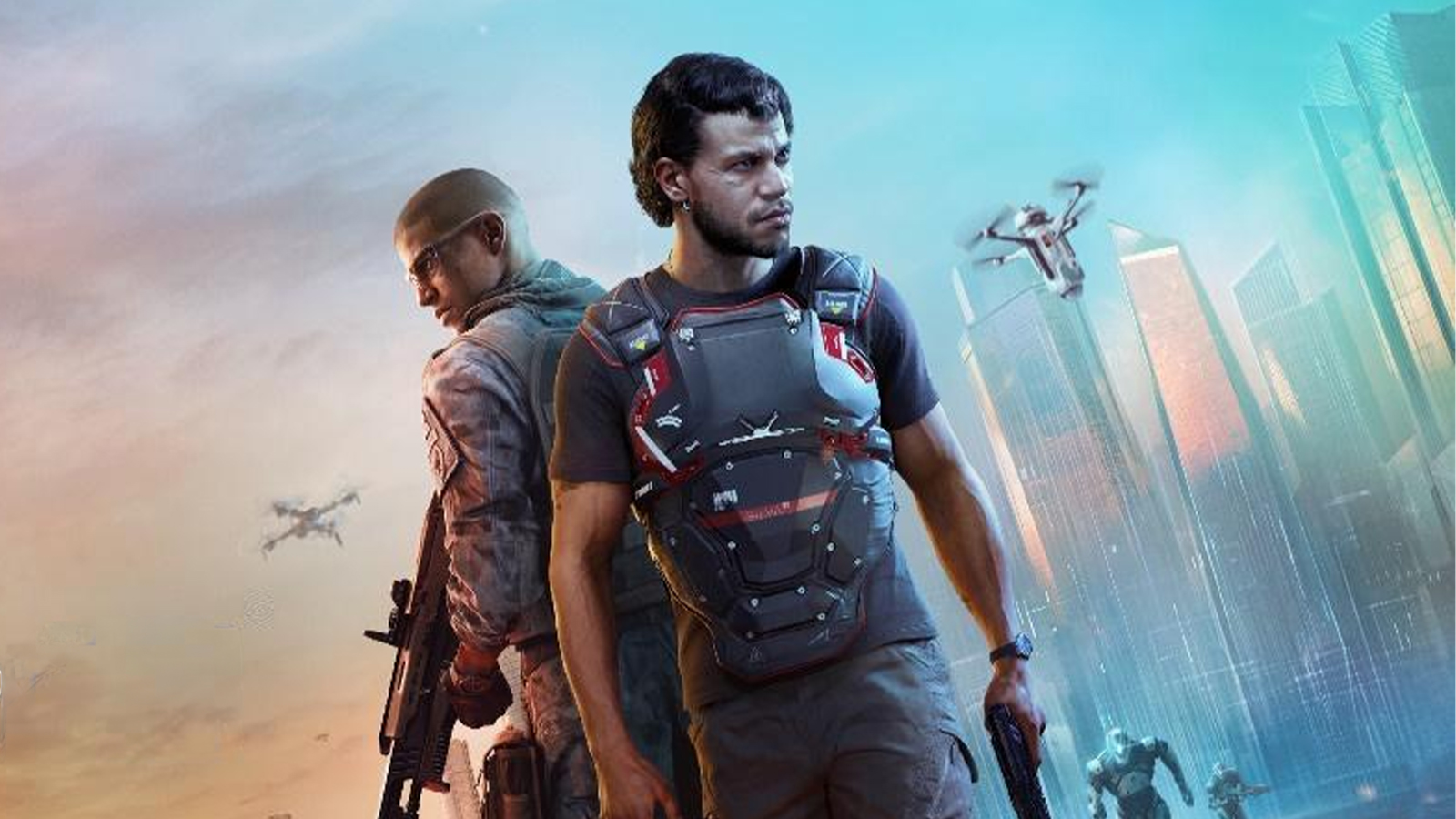Why minimalist movie posters miss the point
As even more designers hop on the bandwagon, Craig Ward gets grumpy over the online trend for minimalist reworkings of movie posters.
It started off so well. These things often do. I think we're all in agreement that the majority of film posters one sees around are, let's be honest, dross. Some riff on the well-trodden formula of a piece of slick, extruded 3D typography (extra points if it glows, is made of metal, or both) or distressed, faux-letterpress type over (choose one): image of face in shadow, two people standing back-to-back, guy looking moodily back over his shoulder. You know the ones.
My favourite is when they add a shadow to the distressed type, like it's been printed on something transparent and floating above the image – very nice. Tagline. Production logos. Small print. Sold.
And then someone on the interweb – I'd be hard pushed to say who – hit upon the idea of reworking a film poster in a minimalist style. A worthy reaction to what a once-beautiful medium had become.
Stripping it back
What if we didn't have to see 'BRAD PITT' in 140pt type, flanked by an ensemble cast list of dozens? What if we didn't show the film company's logo? And the production company. And the sound guys. And the Sundance Laurels and awards wreaths. And the names of the writers, technicians, and editors.
What if – bear with me here – what if we didn't even need to show who was in the film, just a jaunty, Saul Bass-style silhouette of some iconic moment? Wouldn't that be a beautiful poster?
The answer is yes. Yes, it would make for a very beautiful poster. For one film. What it wouldn't make is a nice poster for every single film. And book cover. Ever. The internet and design community at large is so good at taking a nice idea and running with it until you're absolutely sick of the sight of it. If I see one more collection of minimalist Harry Potter covers I swear I will break something.
Missing the point
My own personal taste preferences and limited patience for the industry at large aside, my argument is that the people who engage in this pastime are really missing the point. You can't honestly imagine that the designer responsible for those terrible posters actually wants to put all that crap on their poster, can you? That they were thinking, "This poster is almost perfect, it just needs one more logo…"?
Daily design news, reviews, how-tos and more, as picked by the editors.
By and large, the industry players mandate that Mr Pitt's name be front and centre, at a certain percentage of the poster width. And yes, with a photo. And if you think the production company is paying for a poster without their logo displayed proudly on it then please think again.
All of those elements are, sadly, there for a reason, designed by committee. And to pretend that you're a better designer than someone else just because you can circumnavigate that whole process from the comfort of your laptop, is as good as saying that you'd be a better driver if there were fewer corners and no other cars on the road.
Words: Craig Ward
Craig Ward is a British-born designer and art director currently based in New York. The 2008 ADC Young Gun is celebrated mainly for his pioneering typographic works, and he also contributes to various industry journals. This article originally appeared in Computer Arts issue 224

The Creative Bloq team is made up of a group of art and design enthusiasts, and has changed and evolved since Creative Bloq began back in 2012. The current website team consists of eight full-time members of staff: Editor Georgia Coggan, Deputy Editor Rosie Hilder, Ecommerce Editor Beren Neale, Senior News Editor Daniel Piper, Editor, Digital Art and 3D Ian Dean, Tech Reviews Editor Erlingur Einarsson, Ecommerce Writer Beth Nicholls and Staff Writer Natalie Fear, as well as a roster of freelancers from around the world. The ImagineFX magazine team also pitch in, ensuring that content from leading digital art publication ImagineFX is represented on Creative Bloq.
